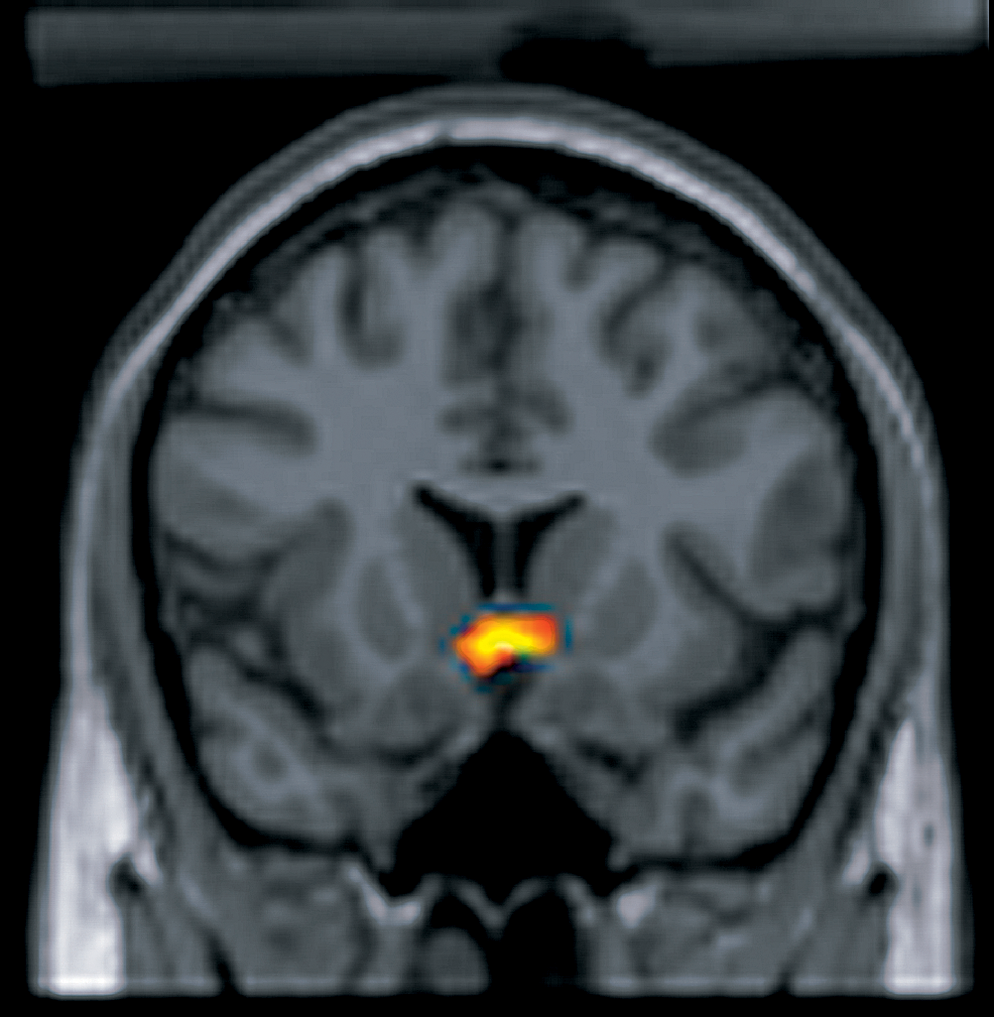Back in September, I posted a piece entitled, "Spinal Cord Stimulators: Early Intervention Shows High Success Rate." If you read it....or even if you didn't...it probably left you with more questions than answers. I have done a little investigating since then, and found an interesting article that sheds more light on these devices and answers a lot of the frequently asked questions. So, without further ado, I would like to the things I have learned with my readers.
1) Neuromodulation can be applied through a number of techniques. Spinal cord stimulation is one form of this treatment; others include peripheral nerve field stimulation, peripheral nerve stimulation, brain stimulation, sacral stimulation, spinal drug delivery systems, and brain stimulation. These treatments are generally available from physicians who have training in this specialized medical field.
2) Neuromodulation is FDA approved and has been in use for over twenty five years.
3) Neuromodulation can improve the quality of life for patients who are in pain. The Institue of Medicine estimates that 100 million adults in America suffer from chronic pain. This number is greater than the total number of persons who supper from heart disease, cancer and diabetes combined. Chronic pain can affect a person's ability to function independently and perform simple routine tasks. This form of treatment can enable these individuals to resume daily activities, including the ability to work at a job.
4) Persons who are candidates for spinal cord stimulation or other forms of neuromodulation can go for a "test drive" if they are considering this form of treatment. A temporary, noninvasive version of the treatment under consideration can be applied and tried to allow the patient and his/her physician to try it out prior to a permanent device insertion.
5) Neuromodulation can provide pain relief without "drug fog." Because this pain management technique involves or minimizes the use of pharmaceuticals, the patient can avoid many side effects of drugs, including cognitive impairment or sedation.
6) Neuromodulation implants are removable. If treatment is no longer desired or needed, device is simply removed; thus, this form of treatment is 100% reversible.
7) Most insurance and Medicare programs cover neuromodulation procedures. Always check
with your provider before going ahead to see what kind of coverage you have. Work with your doctor's office if insurance authorization is needed for this form of therapy.
Source: PainPathways Magazine
 |
| Deep brain stimulation Image source: wikipedia |
1) Neuromodulation can be applied through a number of techniques. Spinal cord stimulation is one form of this treatment; others include peripheral nerve field stimulation, peripheral nerve stimulation, brain stimulation, sacral stimulation, spinal drug delivery systems, and brain stimulation. These treatments are generally available from physicians who have training in this specialized medical field.
2) Neuromodulation is FDA approved and has been in use for over twenty five years.
3) Neuromodulation can improve the quality of life for patients who are in pain. The Institue of Medicine estimates that 100 million adults in America suffer from chronic pain. This number is greater than the total number of persons who supper from heart disease, cancer and diabetes combined. Chronic pain can affect a person's ability to function independently and perform simple routine tasks. This form of treatment can enable these individuals to resume daily activities, including the ability to work at a job.
4) Persons who are candidates for spinal cord stimulation or other forms of neuromodulation can go for a "test drive" if they are considering this form of treatment. A temporary, noninvasive version of the treatment under consideration can be applied and tried to allow the patient and his/her physician to try it out prior to a permanent device insertion.
5) Neuromodulation can provide pain relief without "drug fog." Because this pain management technique involves or minimizes the use of pharmaceuticals, the patient can avoid many side effects of drugs, including cognitive impairment or sedation.
6) Neuromodulation implants are removable. If treatment is no longer desired or needed, device is simply removed; thus, this form of treatment is 100% reversible.
7) Most insurance and Medicare programs cover neuromodulation procedures. Always check
with your provider before going ahead to see what kind of coverage you have. Work with your doctor's office if insurance authorization is needed for this form of therapy.
Source: PainPathways Magazine
Comments
Post a Comment